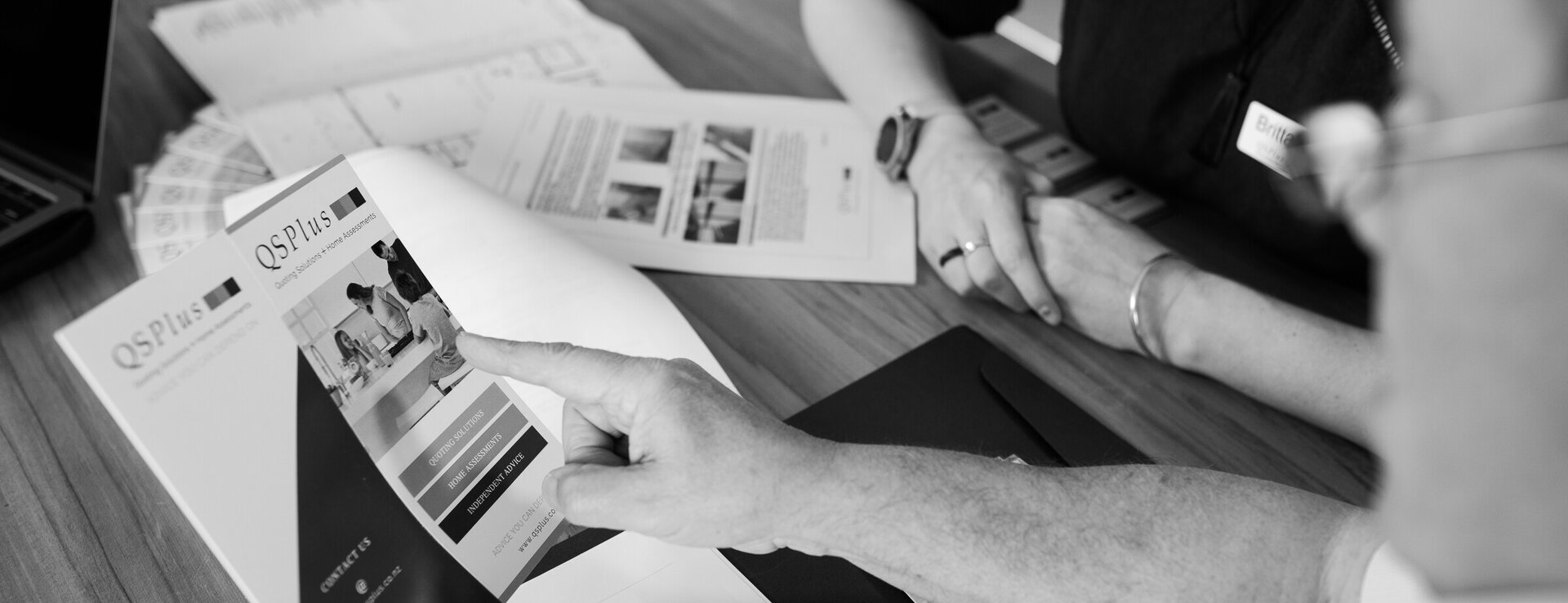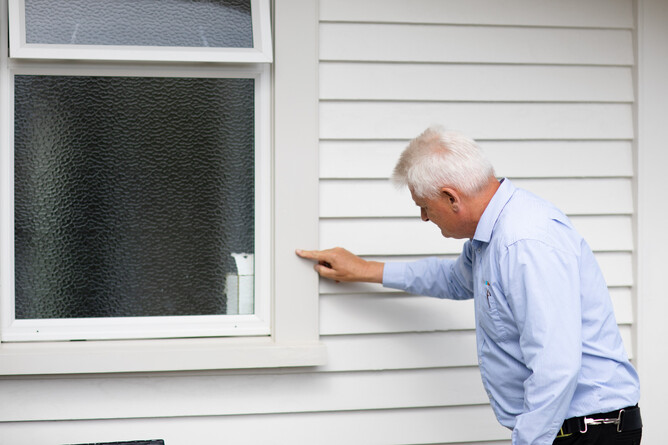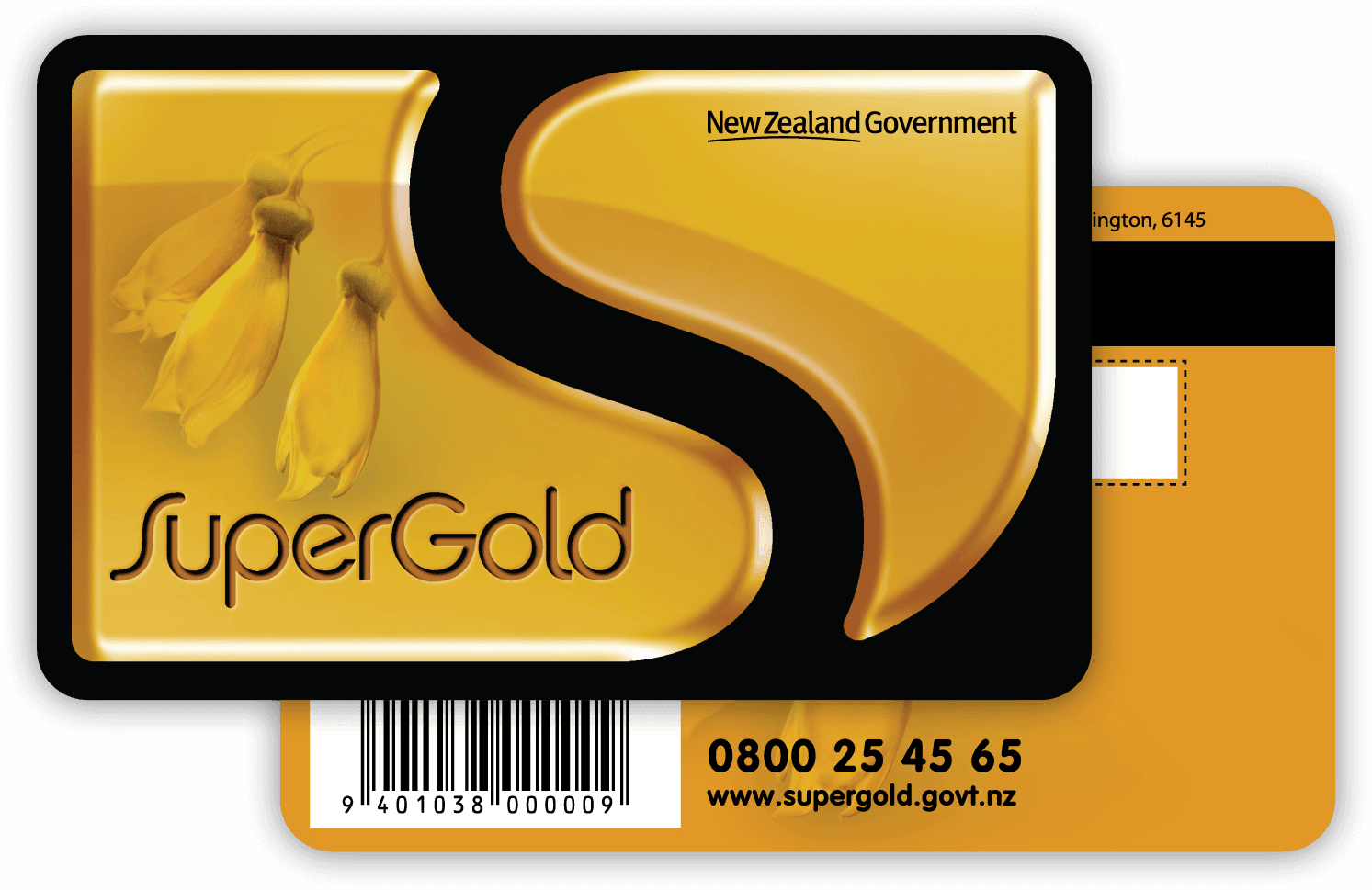Weatherboard, cement, timber, brick... We're sure you've heard these terms in relation to cladding before, but just what do they mean, and how do you choose the best cladding for your home? Or how do you know what these mean for you when you're purchasing a house?
In case you aren't familiar with any of this, we'll start at the beginning. Cladding is the material that covers your external walls and roof. It sets the scene for the rest of your building, enhances your street appeal and makes a statement.
But looks aren’t everything, and a poor choice of cladding for your project can lead to future problems.
What’s available? What should you consider before making a decision? Get the low-down on the most common cladding types used on buildings in New Zealand.
What to consider
Aside from the visual impact of cladding, there are several important factors to take into consideration.
The cost per m2 is the first thing most people will think of when choosing a cladding type, but also important is the durability of the materials and the maintenance they will require over the years. A low-cost option now may mean a high overall cost when maintenance is factored in. Check out this flyer from BRANZ which looks at Cladding costs over a lifetime.
Other points to consider include:
- Thermal efficiency
- Environmental impact of the cladding material
- Fire rating
- Speed of erection
- Location of your build (high wind speeds, snow, earthquake and coastal risks).
So what types of cladding are available?
Roof cladding
The most common roof cladding used on buildings in New Zealand is steel. Other roof cladding options include concrete tiles, ceramic tiles, slate, shingles and more.
Wall cladding
Steel cladding:
- Comes pre-painted with a large range of colours available
- Benefits of being strong, lightweight and durable
- Generally the most cost effective solution for wall cladding
- Maintenance requirement: low – washing required as per maintenance schedule
- Compared to other cladding types steel is not considered to provide good insulation as a stand-alone covering. A thermal break combined with insulation will improve the insulation properties.
Weatherboard cladding:
- Weatherboards can be made from a variety of materials, including reconstituted hardwood, timber, vinyl, plywood, plastic, steel or fibre cement.
- Style-wise weatherboards create a classic look
- Cost: Mid to high cost due to added wall framing needed
- Can be painted any colour
- Maintenance requirement: dependant on the type of material. Timber is high – washing and repainting essential, while maintenance of man-made materials will be much lower
- Low to medium thermal efficiency
- An environmentally friendly choice for most material options.
Timber cladding:
- Extremely versatile, with various uses to create different visual effects
- Mid to high cost due to added wall framing needed
- Can be painted any colour
- Maintenance requirement: high – washing and repainting essential
- Great thermal efficiency
- An environmentally friendly choice
Concrete (precast/blocks/poured) cladding:
- A popular choice due to modern look and versatility
- Cost depends largely on the application and can be expensive
- Can be painted any colour, and be smooth, textured, polished, sandblasted and more
- Maintenance requirement: low – washing needed
- Excellent thermal efficiency
- Fire rating: high
Brick cladding:
- A traditional choice with a wide range of colour, textures and patterns
- Low to medium cost for building materials
- Maintenance requirement: low
- Thermal efficiency: good – dependent on type of brick and thickness
- Relatively environmentally friendly
Stone cladding:
- Creates a classic, natural look. Often used as a feature, rather than to clad an entire building
- High cost: although simulated stone is cheaper than natural stone
- Maintenance requirement: low – washing required to maintain a quality look
- Natural stone is not environmentally friendly (not a renewable resource)
- Thermal efficiency: good – dependent on type of stone and thickness
QSPlus are home inspection experts - we know the good from the bad, and give you a comprehensive list of maintenance and tips when it comes to the cladding on your potential, or existing, home. Get in touch to find out more about how we can help!
NOTE: This blog is intended to give a general overview of cladding types used in New Zealand. Please consult an industry professional when selecting cladding for your building. Source - we found this great blog from Coresteel.
Sources: Source 1; Source 2; Source 3; Source 4.




